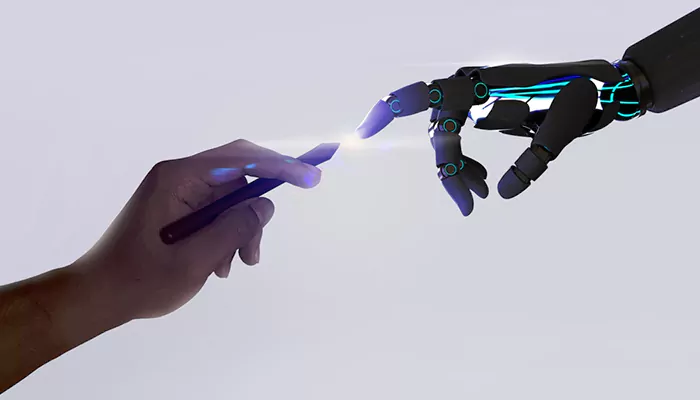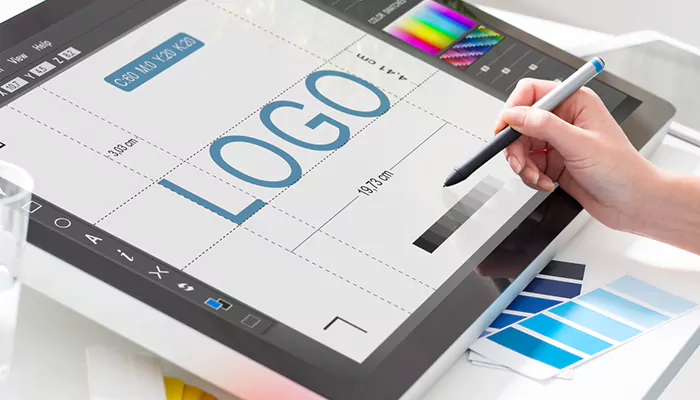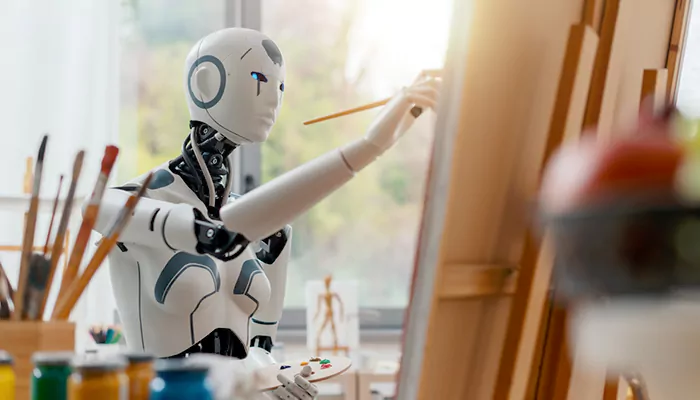
There are no rules. That is how art is born, how breakthroughs happen." - Helen Frankenthaler.
Remember the early days when people used to make pictures using letters and symbols? Those were considered digital art back in the day. From that time till today, digital art travelled a long way. Today artists can use various fancy software like Adobe Photoshop and digital painting tools like Corel Painter to create cool artwork in a wide range of mediums and styles, from digital painting and 3D modelling to AI-generated art. This change in digital art is significant in shaping the contemporary culture and practice of art.
Accessibility and Democratisation:
One of the best parts about digital art is that the barrier to entry is low and anyone can easily try it. People do not need expensive art supplies, all they need is a computer/smartphone/tablet and some software to get started. This allows aspiring artists from various backgrounds to experiment and create art without limitation. Also with the internet and social media, they are getting a global platform to showcase their work, reaching people worldwide instantly.
Impact on Traditional Art Practices:
Digital art is not only for computers, it has also influenced the traditional art practice. Many artists use both the traditional tools as well as the digital tools and mix the physical and digital elements to create unique pieces of art which blurs the line between traditional and digital art. This makes us rethink what art is and how we value it.

Digital Art in Commercial and Cultural Spaces:
With the commercialisation of digital art, many new opportunities have opened up for artists to monetize their work. The concept of NFTs or Non-fungible tokens has given the artist a marketplace to sell their digital artwork as unique verifiable assets. Also, brands have started using digital art for their marketing campaigns in social media and online ads to grab our attention and make their stuff look cool and stand out. Furthermore, digital art helps artists to express themselves and talk about their culture and identity.

Challenges and Future:
Despite all the advantages, digital art is not flawless and has to face several challenges. The Copyright and Ownership of the art is one of the biggest concerns for artists as sometimes the artworks get stolen by people by copying it without permission.
Preservation of the art is also a significant challenge. Unlike traditional art, the ephemeral nature of digital art makes it hard to store and conserve it for over a century for future generations.
The storage of digital art is heavily reliant on technology (like digital storage), and if that technology fails, the art is irreversibly lost.
The future holds boundless potential for digital art. Emerging technologies like VR and AR provide artists with innovative canvases to paint their creations, while AI stands poised to transform the very nature of the creative process itself.

The Dawn of AI Creativity in Digital Art:
Earlier people needed artistic and drawing skills to create artwork even in the digital space the artist needs to have certain knowledge and skills. But with the rise of AI-generated artwork changes the game now anyone can generate digital art by writing a prompt. AI learns from different artworks and then makes its own unique artworks. It is similar to having a robot artist who will make the art for you. But there are also several challenges with it like figuring out who owns the artwork, the AI or the person who has given the prompt.
We can say that digital art has brought a revolution in the creative landscape by blurring the traditional boundaries and opening new opportunities for expression. Despite shortcomings like copyright issues and art preservation concerns, the future of digital art remains promising with advancements in technology like AI image generation tools. The democratisation of artistry is also appreciable.










